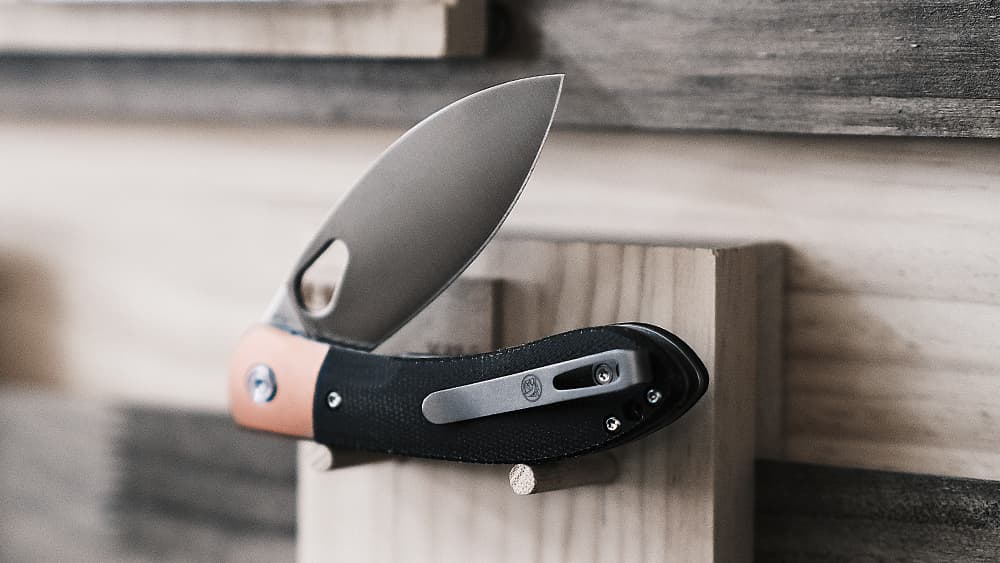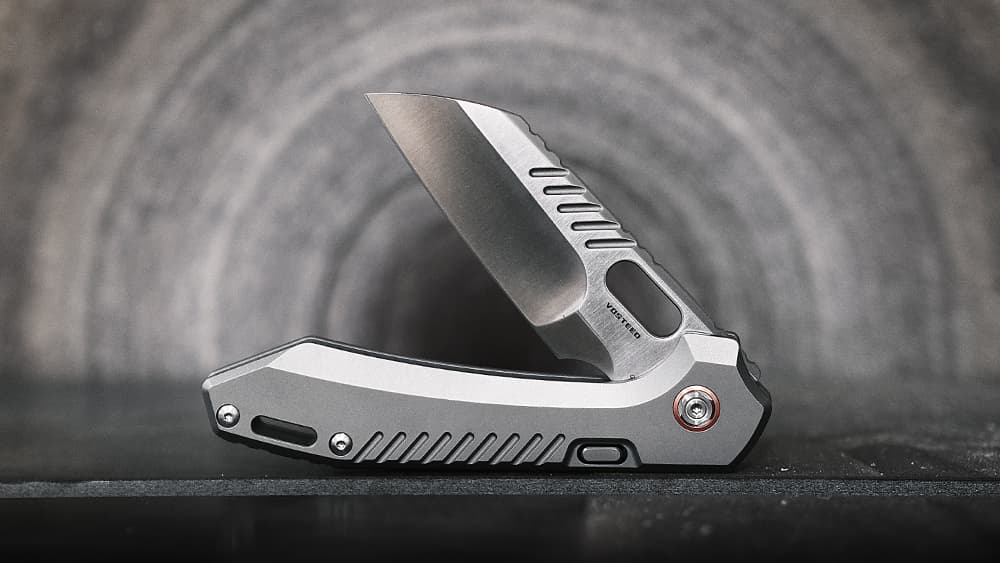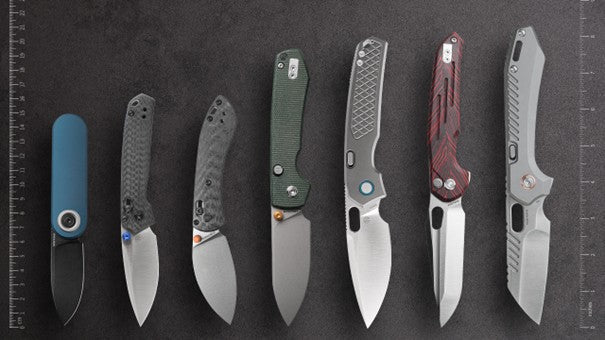There are a great many similarities with regular folders. However, the unique deployment of the flipper can spice up your life and make it even easier to flip it open.
Blade Shape:
The shape of a flipper knife’s blade plays an important role in daily usage. With different tasks and usages, the right blade shape will help you to deal with tasks more easily. But how to choose the blade shape? The answer is easy. The key factor is that you may need to think about the applications, and how you are going to use them. The blade’s thickness is something that we need to notice when we buy a pocket knife. As it is the main factor in whether the knife can be used for tackling hard tasks.
Blade Steel:
There are countless different blade steel in the market, and each of them has pros and cons. Some of them are expensive and have a super sharp edge, but it doesn’t really mean that they fit you. If you are going to chop hard things in daily life, those with high carbon elements will tend to chip and get rustic during usage. But if you are going to use it for light use, for example, opening packages, peeling apples, or cutting ropes. And if you prefer high-end steel, it’s worth pointing out more premium materials, such as S35VN and Elmax.
Size:
Flipper knives for everyday carry have various sizes for different uses. There are no perfect knives in the world, but there are knives that perfect fit for you. Smaller knives are obviously more portable and look less intimidating. Bigger knives are usually for heavier use but sometimes, it’s not illegal in some areas. The best way to choose the one that fits you is to actually grab the knife and feel it as everyone has a different hand size.
Locking Mechanism
Most of the knives feature button luck, liner lock, and frame lock. However, there are more and more innovative locking mechanisms are born in the knife community. If you are looking for a fidgety knife and you want to have fun, it’s worth mentioning the patent-pending Trek lock which allows you to flip it open in multiple ways.
Handle Material:
The first thing you need to know is the disadvantages and advantages of the handle material. G10, Micarta, carbon fiber, aluminum, and titanium are commonly used for knife handles. Additionally, we look at the handle shape as it’s the decisive reason for the knife’s ergonomics.





Leave a comment
All comments are moderated before being published.
This site is protected by hCaptcha and the hCaptcha Privacy Policy and Terms of Service apply.